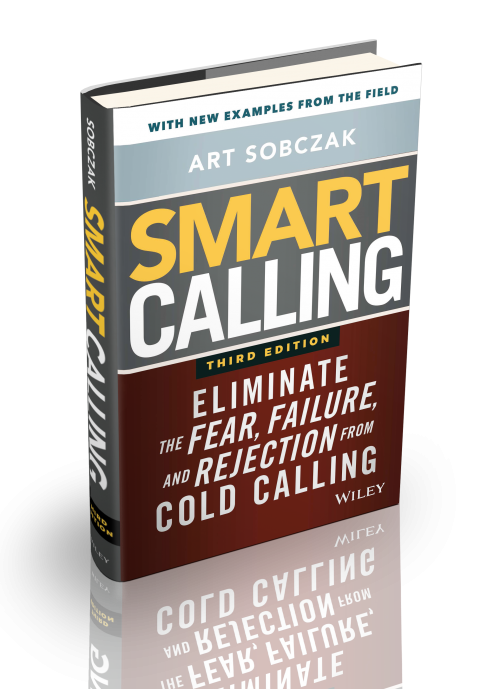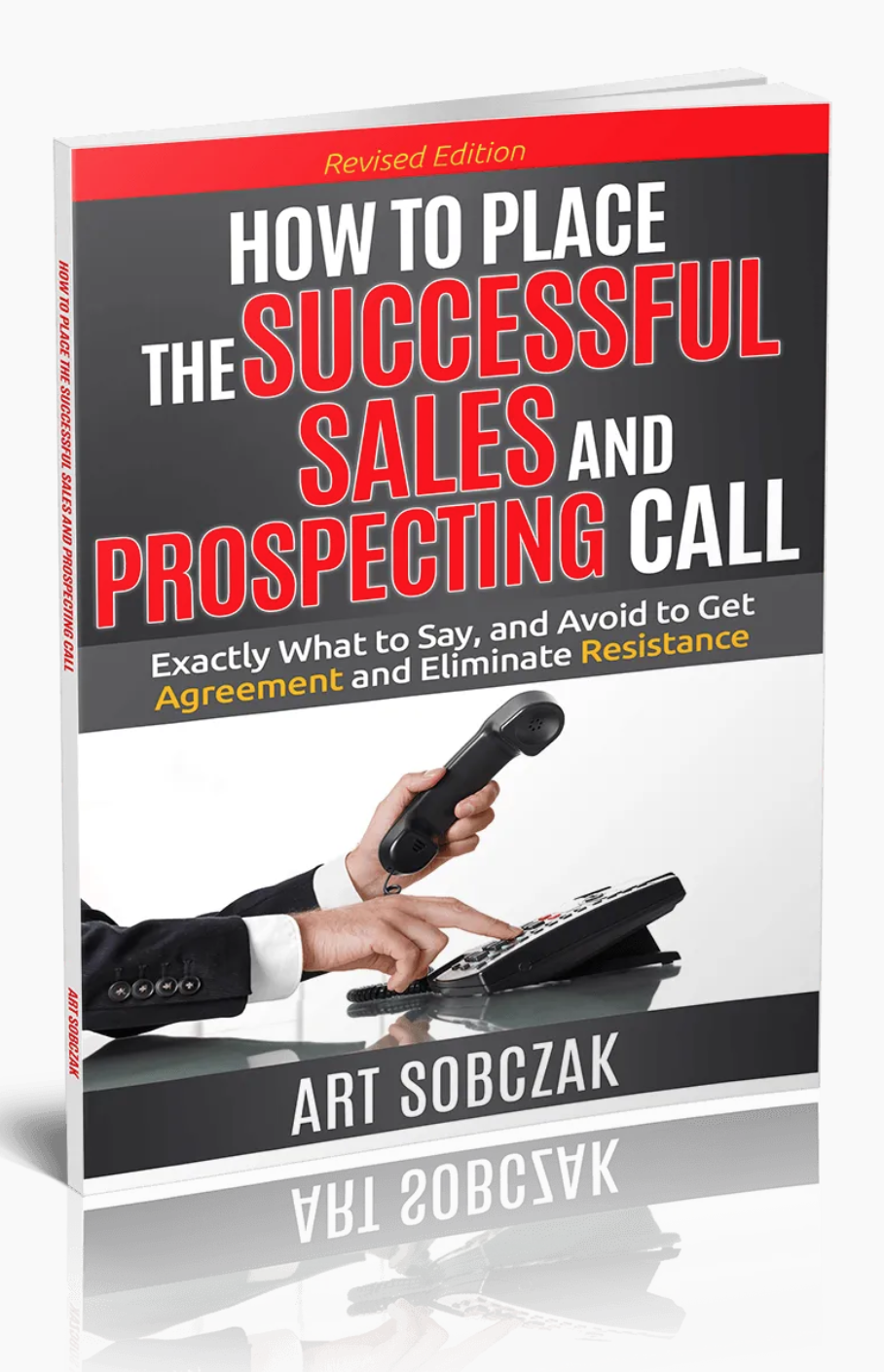 Today I’m talking about money. Both in my post below and right here.
Today I’m talking about money. Both in my post below and right here.
The post below is also one of my contributions to a great sales book, “Top Dog Recession-Busting Sales Secrets.” It also contains the sales wisdom of 50 other leading experts. You get real-world street smart advice that is unconditionally guaranteed to help you sell more…even in a down economy.
Spend 30 minutes with this book and you’ll understand why Fortune 500 companies have paid these experts millions.
When you get your copy you’ll also get Jeffrey Gitomer’s “Little eBook of Closing” AND “Recession-Proof Business Strategies” Free E-Book from Bob Bly.
I think you’ll find this offer well worth investigating.
On to the post…
Show Them the Money to Make More Of Your Own
Once into his questioning, the sales rep asks,
“So you’re finding that the last stage of the manufacturing process is a challenge?”
Prospect: “Well, yeah, we’re having to do a few repetitive tasks to get it done.”
Rep: “We have software that can make that job easier and it’s only five thousand dollars.”
Prospect: “Five thousand just for making that part easier. That’s crazy.”
So what happened here?
The sales rep uncovered a problem. However, he was so eager to talk about how his product solved that problem, he failed to continue walking the prospect down the path to realizing what the problem was costing him. He didn’t see the problem as being painful enough in the short or long term.
For most business-to-business transactions, it’s all about the money. The return on investment. It’s pretty simple: You will always sell more when you help the prospect or customer understand the cost of the problem or potential problem, and then the payoff of the solution and/or the result of taking action.
“Dollarize” the Situation
In his great book, How to Become a Rainmaker, Jeffrey Fox calls it “Dollarizing.” He says, “Rainmakers don’t sell fasteners or valves or washing machines or double-paned windows or tax audits or irrigation systems or training programs or golf clubs. Rainmakers sell money! They sell reduced downtime, fewer repairs, better gas mileage, higher deposit interest, increased output, decreased energy usage, more wheat per acre, more yardage per swing.”
When you analyze it, we buy things because the price we pay for something is perceived as being less than the dollar value we attach to the result. Our job, then, is to be sure the prospect realizes that the value of the result is high and the price is low.
The classic book, SPIN Selling uses the term, “Implication Questions.” It’s taking a problem that a buyer perceives to be small (or nonexistent in some cases) and building it up in a problem large enough to justify action. Using the earlier example and dollarizing with implication questions we could get a different result:
Prospect: “Well, yeah, we’re having to do a few repetitive tasks to get it done.”
Rep: “What do you have to do?”
Prospect: “In the final stage, one of the operators has to go back and re-input the command codes to keep the line moving.”
Rep: “Please explain.”
Prospect: “He has to leave his main station, move over to the other console, input the codes he already put in, and then go back to his position.”
Rep: “How often is that happening?”
Prospect: “Geesh, over a hundred times a day?”
Rep: “Isn’t that slowing up the line and cutting down production?”
Without belaboring the point, you can see where the rep is going with this–ultimately, he would get the prospect to tell him exactly how much lost production is costing the company every day!
Extrapolating that out over the course of a year might mean hundreds of thousands in lost profits. Now then, wouldn’t that $5000 software be a no-brainer?
Monetize and Quantify
Whenever you uncover a problem, a pain, or a desire, attach numbers and dollars to it. For example,
“How much is that costing you?”
“How many?”
“How often does it happen?”
“What are the other expenses involved?”
There are hundreds of questions that could apply. Matter of fact, you should define them for yourself.
Your Action Step
Pull out a legal pad. At the top of the first page, describe a result of your product or service, such as,
“High quality plastic, meaning fewer returns due to defects.”
Then, list all the possible costs of returns due to defects for a customer, such as customer service phone time to take the call, cost of replacement part, all shipping costs, return of defective part, possible lost sales because of poor quality, and more.
Finally, develop questions designed to get your prospects and customers talking about the problem. Take it further and brainstorm for the possible answers, and your next questions to keep them talking, and attaching costs to the problem, and the payoff for a solution. Rinse and repeat.
Start new pages for each of your results.
Just think of what lost sales might be costing you now, and how much more you could make by doing this.
(This appears in the new book, Top Dog Recession-Busting Sales Secrets, along with the sales wisdom of 50 other leading experts.
See it here, along with how you can get the free bonuses.













{ 0 comments… add one now }
{ 1 trackback }